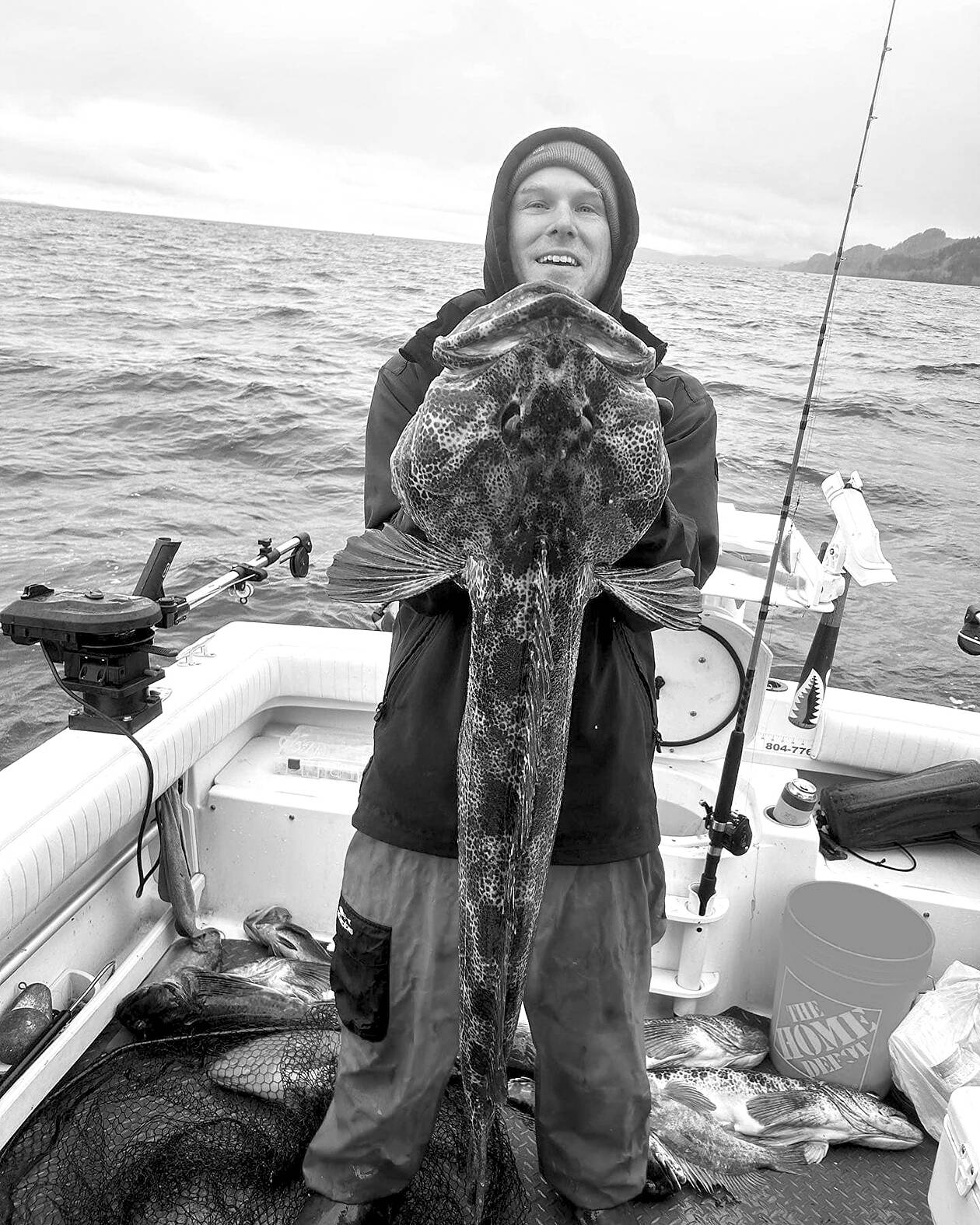Anglers can review the three options for ocean salmon fisheries brought forward recently by the Pacific Fishery Management Council, which brings tribal, federal and state entities together to establish fishing seasons in ocean waters 3 to 200 miles off the Pacific coast.
These ocean options will help inform other salmon fisheries as the season-setting process continues.
“This year’s options reflect increases to Columbia River chinook forecasts and hatchery coho forecasts similar to last year,” said Kyle Adicks, Intergovernmental Salmon Manager for the Washington Department of Fish and Wildlife (WDFW). “Returns of stocks listed under the Endangered Species Act will continue to limit salmon fisheries in the ocean as well as in inland marine and freshwater areas.”
The options for 2023 include the following quotas for state recreational fisheries off the coast:
Option 1
42,500 chinook and 168,000 marked coho.
La Push and Neah Bay (Marine Areas 3 and 4): June 17 through Sept. 30 chinook and marked coho fishery. No chinook retention east of the Bonilla-Tatoosh line beginning Aug. 1. A tentative La Push chinook-only bubble fishery opens Oct. 3-7 in the La Push Late Season Salmon Area.
Westport (Marine Area 2): June 24 through Sept. 30 Chinook and marked coho fishery.
Columbia River area (Marine Areas 1): June 24 through Sept. 30 Chinook and marked coho fishery.
Option 2
A total of 37,500 chinook and 155,400 marked coho.
La Push and Neah Bay (Marine Areas 3 and 4): June 24 through Sept. 30 chinook and marked coho fishery. No chinook retention east of the Bonilla-Tatoosh line beginning Aug. 1.
Westport (Marine Area 2): July 1 through Sept. 30 chinook and marked coho fishery.
Columbia River area (Marine Area 1): June 24 through Sept. 30 chinook and marked coho fishery.
Option 3
A total of 32,500 chinook and 142,800 marked coho.
La Push and Neah Bay (Marine Areas 3 and 4): July 1 through Sept. 24 chinook and marked coho fishery. No chinook retention east of the Bonilla-Tatoosh line beginning Aug. 1.
Westport (Marine Area 2): July 2 through Sept. 30 chinook and marked coho fishery. This area would be open five days per week (Sunday-Thursday) under this alternative.
Columbia River Area (Marine Area 1): June 26 through Sept. 24 chinook and marked coho fishery.
Under these scenarios, fishery managers will monitor the number of salmon caught by recreational anglers and may close earlier than the above dates, if quotas are met. For more details about the options, visit PFMC’s webpage. There will be a public hearing on the options at 7 p.m. Monday at the Chateau Westport, 710 South Hancock Ave. in Westport.
Managers use public feedback on these options to negotiate a final season among states and tribes represented at PFMC, refined to incorporate preferences shared by the public.
2022 options
For comparison: Option 1: 32,500 chinook and 176,400 marked coho.
Option 2: 30,000 chinook and 155,400 marked coho.
Option 3: 26,500 chinook and 134,400 marked coho.
Ultimately, the 2022 initial ocean quota was 27,000 chinook and 168,000 hatchery coho, though at the end of season, there were available clipped silvers that were traded for a chance to fish on a smaller number of wild and hatchery coho.
Final approval
Chinook and coho quotas and seasons approved by the PFMC will be part of a comprehensive 2023 salmon-fishing package, which includes marine and freshwater fisheries throughout the state. State and tribal co-managers are expected to approve a tentative 2023 salmon fisheries package when the PFMC meets April 2-7.
To comment on potential fisheries, visit https://tinyurl.com/PDN-SalmonComment23.
Razor clam digs
Coastal razor clam digging reopens at Twin Harbors and Copalis today, while Mocrocks will open Saturday.
“As wonderful as it is to now be able to offer harvest days on Twin Harbors, we are disappointed that Long Beach still remains above the domoic acid toxicity closure level,” said Bryce Blumenthal, a Fish and Wildlife Department coastal shellfish biologist. “Diggers can expect abundant populations of nice-sized clams on open beaches. Digs switch to morning low tides on March 23-26, providing the first daylight opportunities of spring.”
The following digs during evening (p.m.) low tides will proceed as scheduled:
• Today 4:10 p.m.; 0.0 feet; Twin Harbors, Copalis.
• Saturday, 5:06 p.m.; -0.5 feet; Twin Harbors, Mocrocks.
• Sunday, 5:54 p.m.; -0.7 feet; Twin Harbors, Copalis.
• Monday, 6:38 p.m. -0.7 feet; Twin Harbors, Mocrocks.
• Tuesday, 7:18 p.m.; -0.5 feet; Twin Harbors, Copalis.
• Wednesday, 7:56 p.m.; 0.0 feet; Twin Harbors, Mocrocks.
The following digs during morning (a.m.) low tides will proceed as scheduled:
• Thursday, 8:29 a.m.; -0.3 feet; Twin Harbors, Copalis.
• March 24, 9:13 a.m.; -0.4 feet; Twin Harbors, Mocrocks.
• March 25 9:57 a.m.; -0.2 feet; Twin Harbors, Copalis.
• March 26, 10:44 a.m.; 0.2 feet; Twin Harbors, Mocrocks.
________
Sports reporter/columnist Michael Carman can be contacted at mcarman@peninsuladailynews.com.

